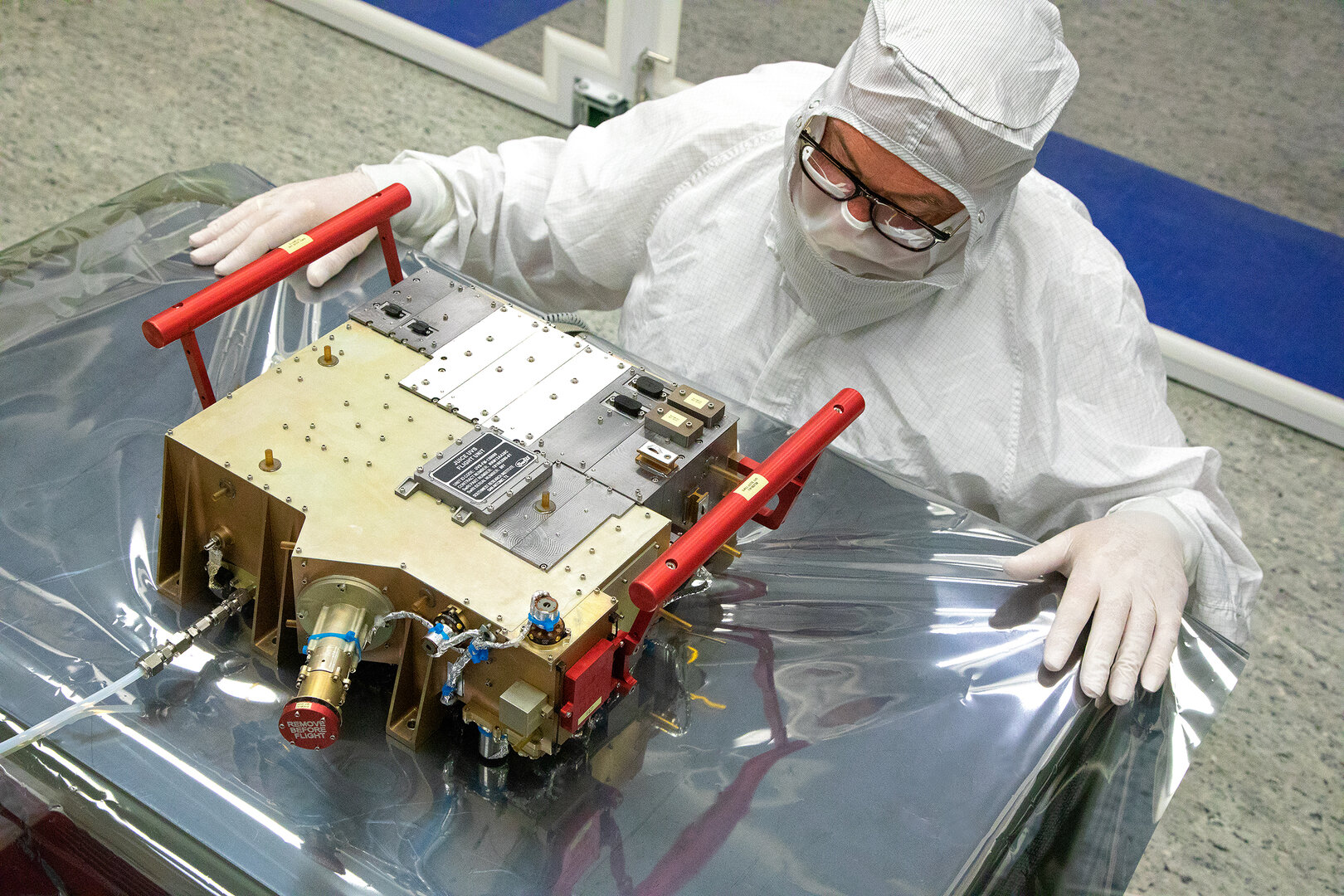The space agencies of the world have some truly ambitious plans in mind for the coming decade. Alongside missions that will search for evidence for past (and maybe present) life on Mars, next-generation space telescopes, and the “return to the Moon”, there are missions will which will explore Jupiter’s moons for signs of extra-terrestrial life. These include the ESA’s JUpiter Icy Moon Explorer (JUICE), which will launch in 2022.
As part of the agency’s Cosmic Vision 2015-2025 program, this spacecraft will conduct detailed observations of Jupiter and three of its large moons – Ganymede, Callisto, and Europa – to see if they could indeed harbor life in their interiors. Late last month (Feb. 25th), the first instrument that will fly aboard JUICE and aid in these efforts was delivered and began the process of integration with the spacecraft.
Continue reading “Europe’s Mission to Jupiter’s Moons Just Got its First Instrument”
